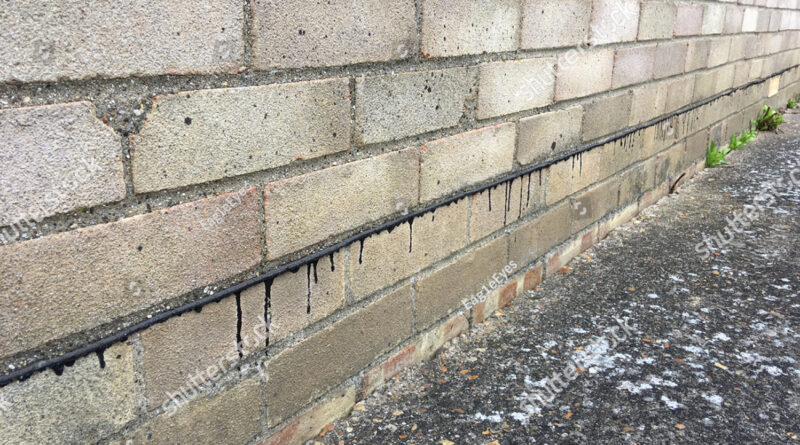What is Dampness & Its Prevention
Dampness in a building is the presence of moisture in various parts of building like floor, wall, roof etc.
The continuous dampness of building give rise to unhygienic condition, hence care should be taken to prevent such situation. In this chapter causes and effects of dampness are presented. Ideal materials required for prevention of dampness are discussed and various methods of preventing dampness are presented.
CAUSES OF DAMPNESS
Dampness may be caused by :
- Ground water
- Rain water and
- Leakages from pipes.
Dampness due to Ground Water:
All buildings are founded on soils. Soil holds water for a long time. Sometimes water level may rise and come in contact with foundation. Due to capillary action moisture from ground rises into foundation, floor and even in wall.
Rain Water:
May enter the building components due to various reasons.
From wall top: If top of wall is not protected with impervious course like concrete,water can enter the wall and keep it damp for a long time.
From face of external walls: Splashing of outer wall by rain results into moisture entering the wall. Poor plaster coat is the main source of this type of dampness.
Improper fixing of down take pipes: If down take pipes from roof are not properly fixed, a thin layer of water stagnates near the mouth of down take pipes. This results into entry of rain water into roof and wall.
Improper slopes to roof: In flat roofs, many times this is the cause for the dampness of roofs. If slope is not given properly, water ponds are formed on the flat roof, which results into entry of water into slab. Once water enters the slab it remains for long time creating dampness
Defective construction: Imperfect wall joints, improper slopes to chejja, construction joints in roof etc. cause dampness in buildings.
Leakage from Pipes:
From over head tanks, pipes are taken over roof and along the wall.
From bathrooms, toilets and kitchen water is drained out with different types of pipes. The pipes are joined to get required length and turns. Many times water leaks through joints resulting into moisture in building components
MATERIALS FOR DAMP PROOFING
The materials used for damp proofing are:

- Bitumen: In hot condition it is highly flexible and can be applied with brush to the bedding of concrete or mortar. Thickness of coat provided is about 3 mm.
- Mastic asphalt: It is a semirigid material. It is obtained by heating asphalt with sand and mineral fillers. It is perfectly impervious. It should be laid very carefully.
- Bituminous or asphaltic felt: It is a flexible material which is available in rolls. It is provided on roof slabs and parapet walls with an overlap of 100 mm on sides. The laps are sealed with bitumen. They do not withstand heavy movements.
- Bricks: Good bricks with water absorption less than 5 per cent are sometimes used to make damp proof courses. The bricks are laid in two to four courses in cement mortar.
- Stones: Stones like granite, trap and slates may be laid over wall to its full width as damp proof course.
- Mortar: Cement mortar of proportion 1 : 3 with small quantity of lime and water proofing agents are used to make a water proofing course to foundations, ground floor slabs, top of parapet walls etc. It may be used for plastering external walls.
- Concrete: To check the rise of water into walls a course of 75 mm to 100 mm cement concrete 1 : 1 1 2 : 3 or 1 : 2 : 4 is provided before starting constructing walls. These courses may be provided with hot bitumen paint as an additional precaution.
- Metal sheets: Aluminium, copper or lead sheets are provided to seal the construction joints. Over these sheets bituminous seal is provided.
- Plastic sheets: Plastic sheets are very good course for damp proofing. They are made up of black polythene of thickness 1 mm.


I completed civil engineering in 2019
great brothr